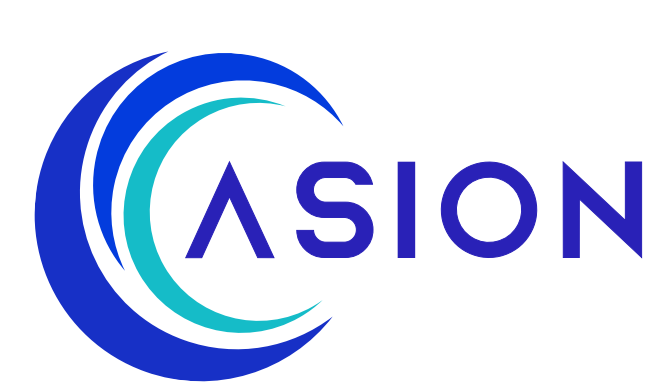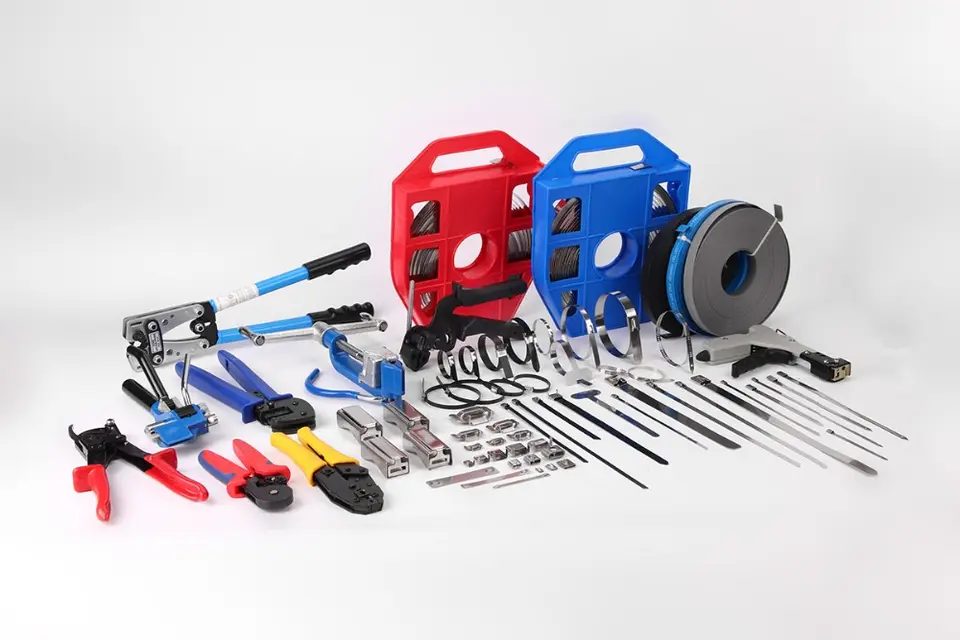
Installation of overhead cable required hardware
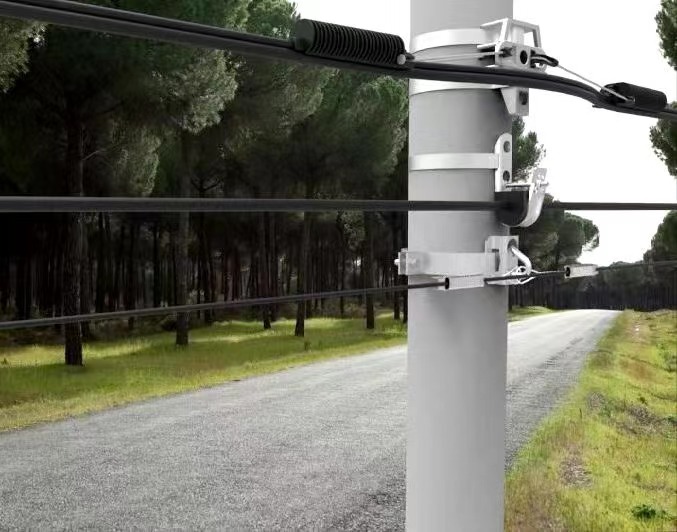
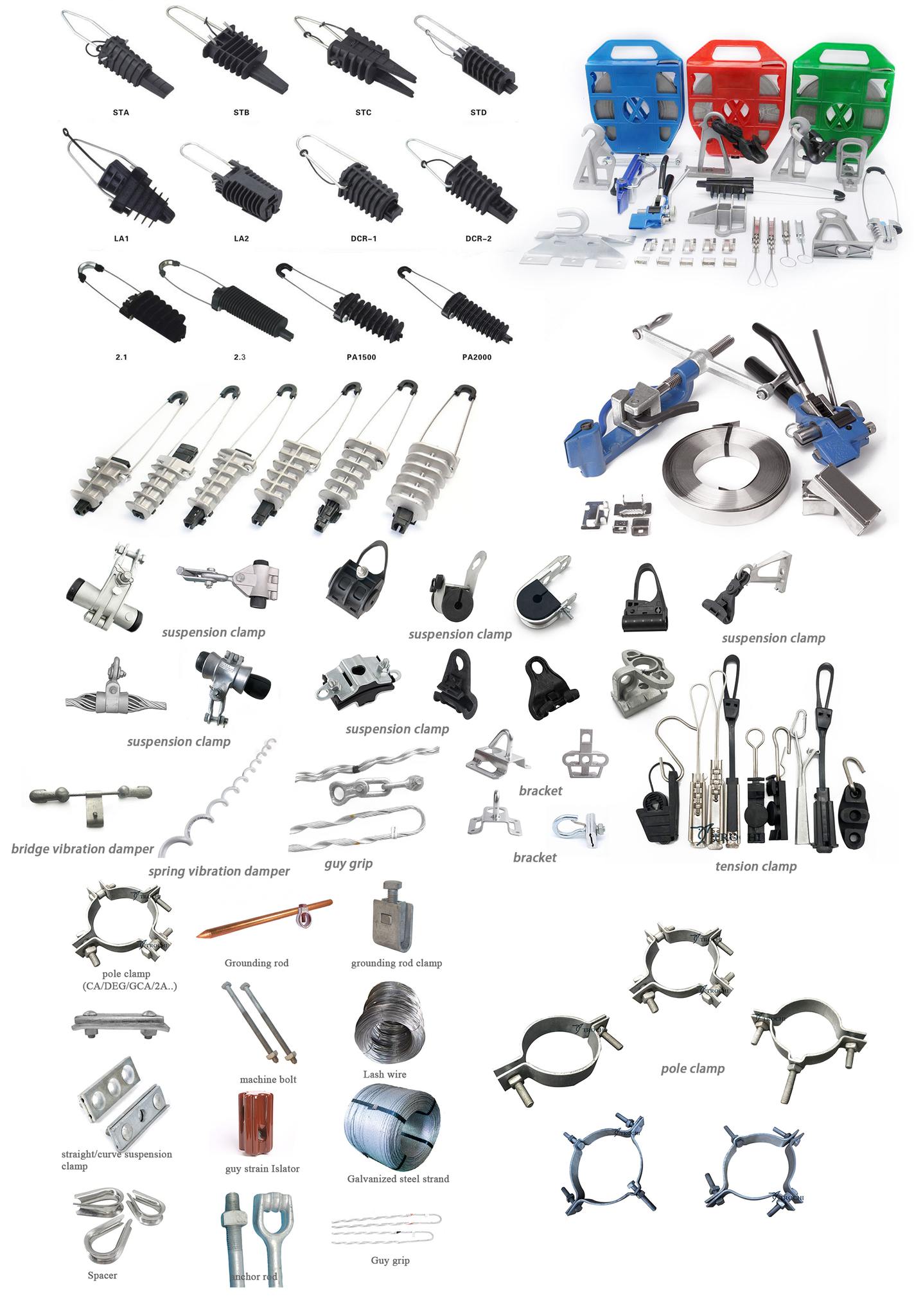
Overhead cable installation is an important part of modern communication engineering, in order to ensure the stability and safety of the cable, it is necessary to use a variety of professional hardware. This article will introduce in detail the various kinds of fittings and their functions and characteristics required in the process of installing overhead optical cable.
What is a hardware/fitting
Meaning and function of hardware
Hardware refers to various metal fittings used to install, secure and connect optical cables. They play a crucial role in the installation process of overhead optical cables, mainly including fixing optical cables, protecting optical cables, distributing optical cable tension, connecting optical cables, etc. The choice and use of hardware directly affects the installation quality and long-term stability of the cable.
Classification of hardware
According to the function and use, the hardware required for overhead cable installation can be roughly divided into the following categories:
1. Suspension clamps
2. Tension clamps
3. stainless tapes strip clamps
4. Protective hardware
5. Fastening fitting
6. Other clamps
Suspension clamps
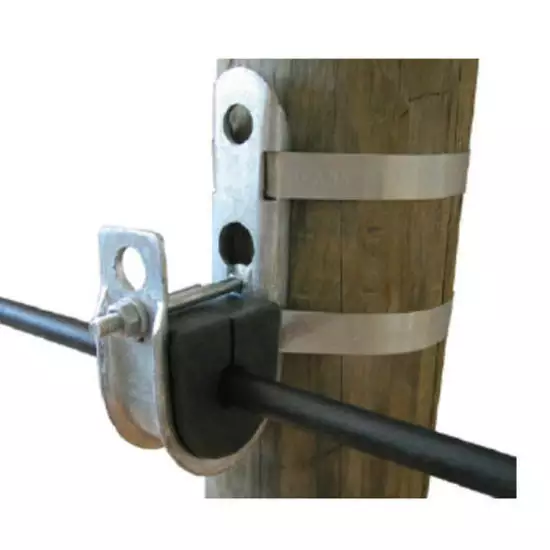
Suspension clamps
Functions and Features
Suspension clamps is used to hang the optical cable on the pole or bracket. Its main function is to fix the cable, so that it remains stable during installation, and at the same time disperse the cable's own weight and wind load. Overhanging fixtures are usually made of high-strength alloy materials with good tensile and corrosion resistance.
How to use
The suspension clamp is usually installed in the middle section of the cable line, one at a certain distance. During installation, it should be noted that the contact part of the fixture and the optical cable should be equipped with a protective liner to prevent the optical cable from being worn.
Suspension clamps hook
Functions and Features
The suspension clamp hook is used to secure the overhang fixture to the pole or bracket. It is designed to ensure that the cable is securely secured under high wind speeds and snow and ice loads. The overhang hoop is generally made of high-strength steel and has been treated with corrosion protection to extend its service life.
How to use
The installation of the suspension clamps hook needs to select the appropriate specifications according to the diameter of the pole or support. During installation, the clamp should be firmly fixed on the pole tower, and the cable should be suspended on the clamp through the overhanging clamp.
Tension clamps
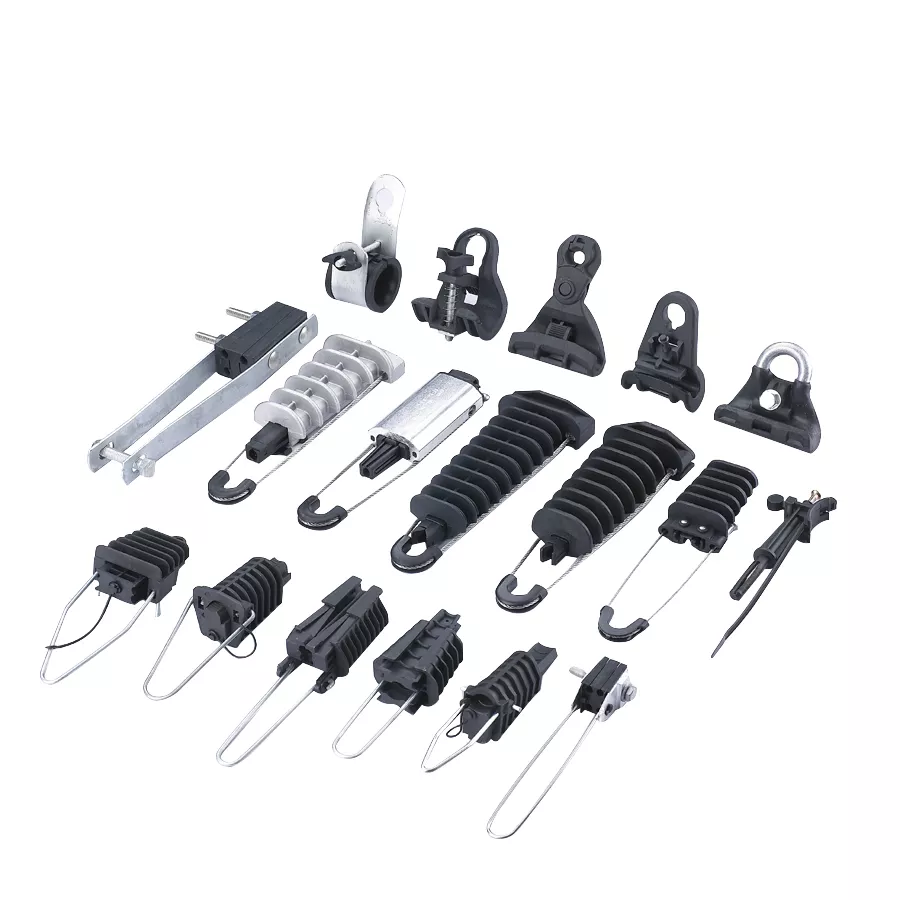
Tension clamp
Functions and Features
The tension clamp is used for the tension section of the optical cable, which mainly plays the role of fixing and distributing the tension of the optical cable. The tensioning clamp requires high tensile strength to ensure the stability of the cable even when the cable tension is large.
How to use
The tension clamp is generally installed at the starting point, end point and corner of the cable. When installing the cable, ensure that the tension between the cable clamp and the cable is evenly distributed to avoid excessive force on the cable.
Tension Clamps hook
Functions and Features
Tensioning hoops are used to fix tensioning wire clips to poles or supports. It is designed to ensure that the clamp and cable can be securely secured under high tension conditions.
How to use
The installation of the tensioning hoop should be based on the diameter of the pole or support to select the appropriate specifications. During the installation, the clamp should be fixed on the pole tower, and the optical cable should be fixed on the clamp through the tension clamp.
Connecting fittings
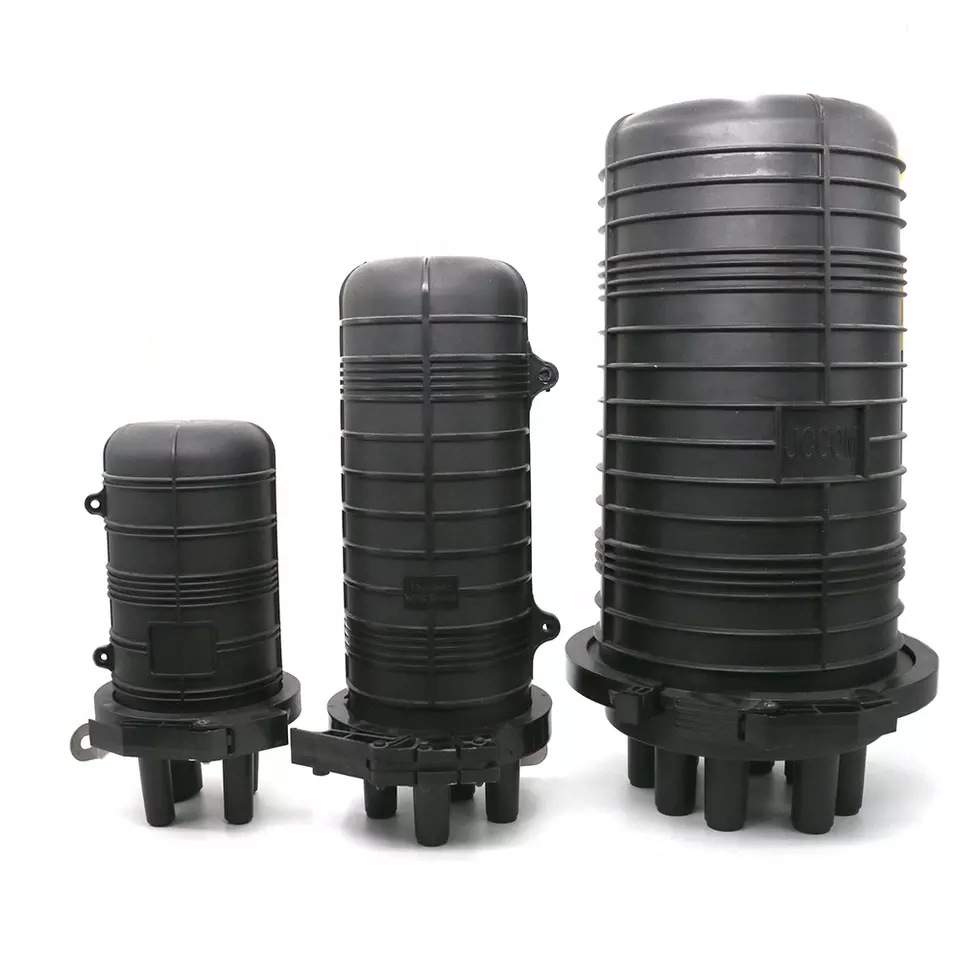
Type of connecting hardware
Fiber optic joint box/closure
The Joint box is used to protect the cable connector from the external environment. The connector box is generally designed to be waterproof, dust-proof and shock-proof, and has a complex internal structure that can accommodate optical fiber connectors and remaining optical fibers.
Optical cable connecting pipe
Optical fiber splicing tubes are used for the welding and protection of optical fibers. Its inner wall is coated with hot melt adhesive, when heated colloidal melt, close to the optical fiber surface, play a protective role.
Installation of connecting fixtures
Installation of optical cable connector box
When installing an optical cable joint box, strip the optical cables from the optical fibers, and weld and arrange the optical fibers according to the design of the joint box. Then the joint box is sealed to ensure its waterproof and dust proof performance.
Installation of joint box
To install the optical fiber splicing closure, use a dedicated optical fiber splicing machine to weld the optical fiber and cover the splicing tube at the joint. After the welding is complete, heat the splice tube to make the hot melt adhesive close to the optical fiber surface to form a protective layer.
Protective equipment
Protect the type of hardware
Shockproof hardware
Shockproof hardware is used to improve the stability of optical cable under severe vibration such as earthquake. It is designed to effectively absorb and disperse vibration energy, reducing the impact of the cable.
Windproof fittings
Windproof fixtures are used to enhance the stability of optical cables in strong wind environments. The design takes into account aerodynamic principles, which can reduce the influence of wind on the cable.
Installation of protective fixtures
Installation of Shockproof hardware
Shockproof hardware are generally installed on optical cable lines in earthquake-prone areas. According to the design requirements, the tension hardware should be evenly distributed in the key positions of the optical cable line.
Installation of windproof fixtures
Windproof fittings are generally installed in areas with high wind. When installing the cable, ensure that the cable is tightly combined with the cable, and adjust the installation Angle of the cable according to the wind direction.
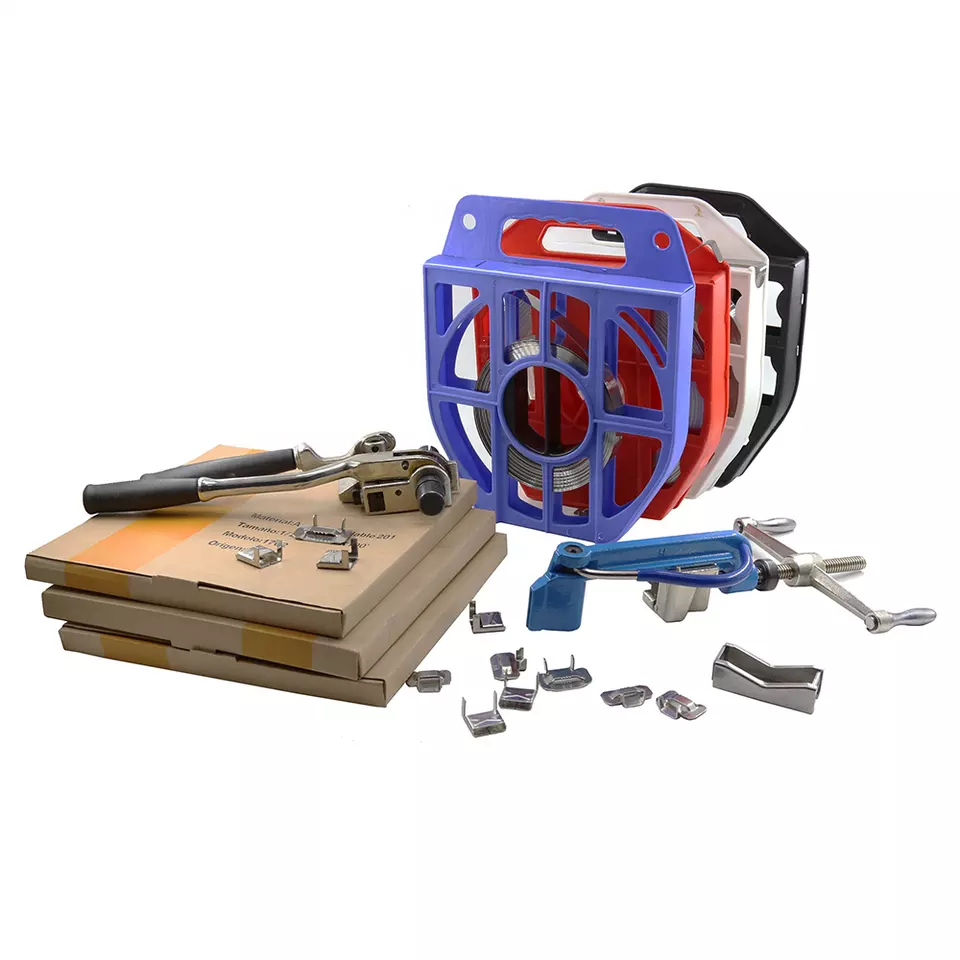
Types of fastening fixtures
fastening fixture
The fastening fixture is used to fix the cable on the pole or bracket to prevent the cable from sliding during operation. The fastening fixture should have strong fastening force and anti-corrosion performance.
Securing bolts
Fastening bolts are used to connect and secure various fittings. Select the bolt material and specifications based on the application scenario to ensure sufficient strength and durability.
Tighten the installation of the fixtures
Install the fastening fixture
When installing the fixture, place the cable in the fixture, and then use the fastening bolts to fix the fixture to the pole or support. Pay attention to uniform application of force during installation to avoid uneven force on the cable.
Use the fastening bolts
Install fastening bolts according to the design requirements of the hardware. When using, pay attention to the fastening force and anti-loosening measures of the bolts to ensure that the connection is firm and reliable.
Other clamps
Types of other clamps
Optical cable tray
The cable tray is used to support and fix the cable to prevent the cable from bending and sagging during operation. Brackets are generally made of high-strength materials and have good weather resistance.
Optical cable identification plate
The optical cable identification plate is used to identify the type, direction, and number of the optical cable for easy maintenance and management. Signs are generally made of anti-corrosion materials and have a long service life.
Installation of other clamps
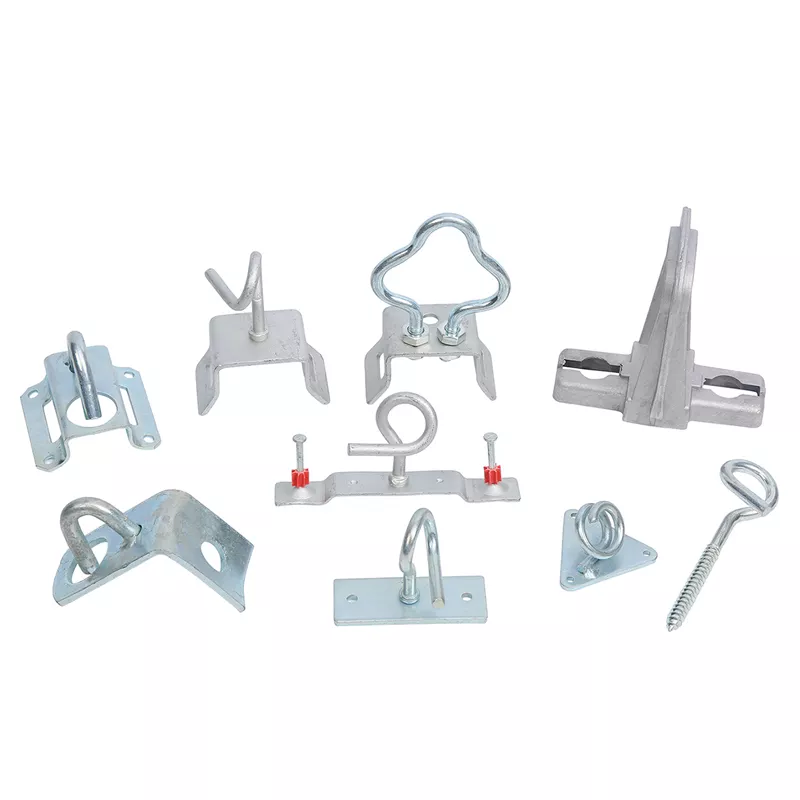
Installation of optical cable brackets
The cable bracket is generally installed in the corner and span of the cable line. When installing the cable, the position and number of brackets should be reasonably arranged according to the cable specifications and line design.
Installation of optical cable identification plate
Cable identification plates are generally installed at the starting point, end point and key nodes of the cable line. During installation, ensure that the information on the sign plate is clear and accurate for easy identification.
Conclusion
The installation of overhead cable requires the synergistic effect of a variety of hardware to ensure the stability and safety of the cable under various environmental conditions. Through reasonable selection and correct use of these fittings, the installation quality and operation reliability of optical cable can be effectively improved, and a solid guarantee for the construction and maintenance of modern communication networks can be provided. It is hoped that the introduction of this article can provide valuable reference for relevant practitioners to help them better complete the installation task of overhead optical cable.
